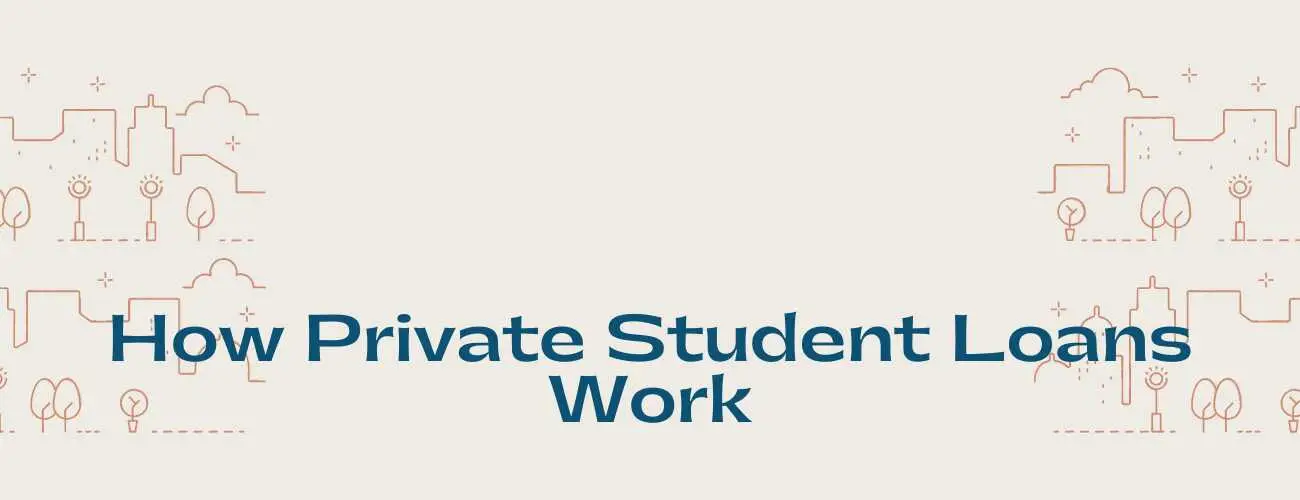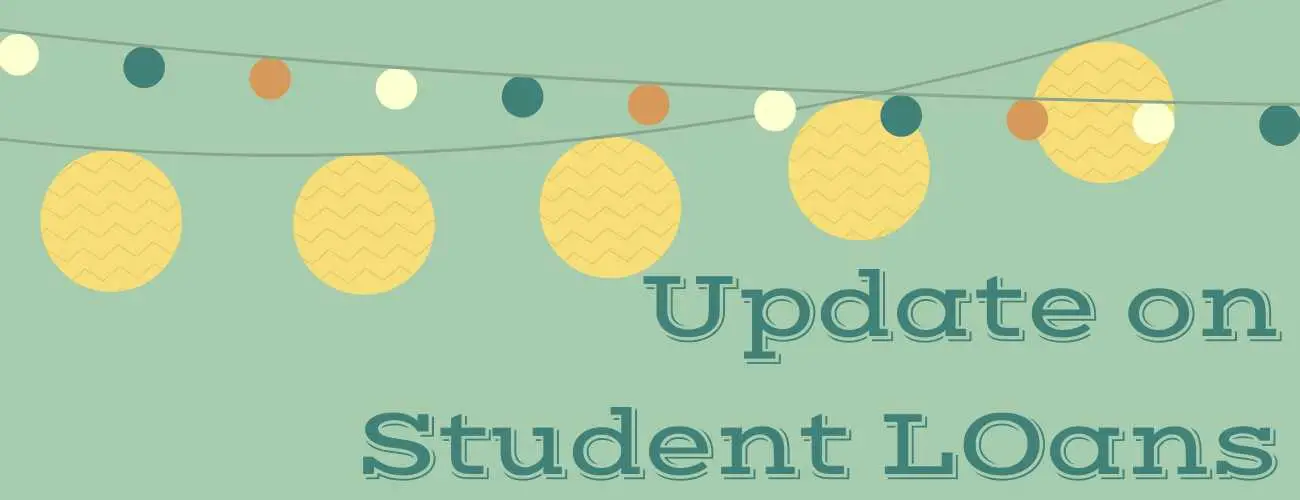Understanding Credit Scores
Are you confused about how your credit score is formed, here is everything that you should know about your credit score and the various other details related to it.
Updated by Roopsi Gupta on 12th December 2019
A credit score is a three-digit score ranging from 300 to 850 which depicts your debt paying capacity. It is formed out of the monthly on-time payments, the creditworthiness of the borrower and much more. The credit score is shown on a report called the credit report.
Banks and other institutions look for credit scores so that they can easily provide loans & credit card facilities to the customers. A good credit score represents good credit history i.e. the bills are paid on time, clearance of any previous outstanding loans and much more.
Table of Contents
- Why do I have different credit score?
- Credit Reports
- Creating Credit Score & their Calculation
- Consistency with Different Credit Scores
- Factors that Impact the Credit Score
- Why Lenders use Credit Score
- Reasons to Have A Good Credit Score
- Repairing a poor credit score
- Conclusion
Why do I have different credit scores?
Because of the existence of different credit agencies, people have different scores. But the misconception is that an individual has one credit score. But that’s not the truth, with agencies using different methodologies, people have slightly different credit scores which they are not aware of. Also, the difference arises in the situation when the lender does not inform about any changes made to all the agencies maintaining that person’s portfolio.
For the basic understanding of credit score, it is been divided into 2 types
1- Generic Credit Score- The general credit score can be determined and used by lenders & bankers to check the general credit risk. A single credit score can be accessed by using the same formula from all three credit reporting agencies.
2- Custom Credit score- The score specifically generated for the individuals from the lenders is known as custom credit score. These reports are formed on individual credit history and other details but it all happens from the portfolio of the lender. Custom credit serves for the specific types of lending like auto lending, mortgage lending and few more.
Credit Reports
The information an individual gives to the financial intermediaries, institutions, other businesses, credit card companies, banks, mortgages, etc. and the other credit behavior makes the credit report. This set of information also helps in updating the existing information timely.
The categorization of Credit Report is generally framed on the below mentioned three basis-
1- Credit Inquiries
These are the inquiries done on the request of certain agencies for the credit information. The inquiry can be ‘hard’ which is done for borrowers who are first-time applicants and it can be harmful to them as their credit score can get deducted. This hard inquiry credit score will display in the credit report for the next two years.
It can also be done for the employment background checks or lease rental information apart from getting a credit history report. The inquiry can be ‘soft’ which is definitely not included in the credit report & is done for several other reasons like in case of finding lenders for the borrowers by credit aggregation service agencies, lenders can give a more clear vision to borrowers about the quotes and different terms & conditions of loans.
2- Credit History
A general record about the debt repaying capacity and the future aspect in repaying the debts is all mentioned in the credit report, this is known as the credit history. Not only does it show the debt but it also indicates the individual’s accounts in the current scene, for how long they are into the picture, credits usage, timely bill payments, credit inquiries have done to date, any information on bankruptcies, liens, judgment or any other collection.
3- Public Records & Collection
It is one of the important aspects in the report which talks about wether there are any over dues from the borrower’s end, any bankruptcies being done, suits against the borrower, any wage garnishment, etc
Worried about your tuition? Read more on student loans
Creating a credit score & their calculation
The credit scores are created with the help of various tools to identify the amount of risk that the borrower is associated with and the debt they can deal with. It is on how often do you make your payments & how many of your accounts are in good standing. The bureaus who make the credit report use either FICO ( formerly known as Fair Isaac Corporation) or VantageScore (the combination of three bureaus- Experian, Equifax & TransUnion) along with their own proprietary tools.
FICO
FICO was founded in 1989 and widely used by many lenders to generate a credit score. Out of every 100 US lenders, 90 of them go with the score of FICO to get the risk assessment done. It is based on so many scoring models but it never reveals its proprietary model & in the general sense it frames the score on five parameters with different levels of importance in forming it up. The five parameters are-
-
payment history (35%)
-
credit utilization (30%)
-
age of credit (15%)
-
credit mix & the amount of credit (10%)
-
credit inquiries (10%)
Score Rating 800-850 Exceptional 740-799 Very Good 670-739 Good 580-669 Fair 300-579 Very Poor
Core Benefits from FICO Score
- The vision of risk is broad- a consolidated picture of the individual’s capacity to repsy the amount borrowed can be driven from it. The best thing in FICO is with time it keeps on updating according to the person’s lending practices and changing behavior.
- Extend Credit- Highly predictive and almost accurate about the customer is one of the nice qualities of FICO Score. It can help in making the lender think of increasing the credit line, the extension in credit, etc..
- Multi-scorecard Design - As the score is combined and framed with so many scorecards, it is easy to determine the various risks the person is getting associated with the passage of time.
Vantage score
The Vantage Score was founded in 2006 with the collaboration of 3 main bureaus i.e. Experion, TransUnion & Equifax. Though it is new to the market still from the data available from the financial year 2016-17 it has provided lending decisions by credit score to around 6 billion. There are different versions of Vantage Score that has come with time and updations like VantageScore 4.0 & VantageScore 3.0 (most prevalent).
It is also based on the same parameters as FICO is with different levels of importance, they are-
-
Payment history (40%)
-
Age and type of credit (21%)
-
Credit utilization (20%)
-
Balance credits (11%)
-
Recent credits (5%)
-
Available credit (3%)
Score Rating 750-850 Excellent 700-749 Good 650-699 Fair 600-649 Poor 300-599 Bad
Consistency with different credit scores
The reason for the collaboration of 3 bureaus to VantageScore was to provide more consistency to the credit scores generated via different models. This model has proven feasible results as it has the feature to add past 24 months credit history to the person’s credit report even involving rent payments and other utility payments if present that will help better in building a credit score.
Factors that impact the credit score
The Credit Score is based on certain factors, that impact building it or making it more or less. Following are the factors that impact the credit score-
1- Credit Card Utilization
It is the ratio that talks about the credits an individual uses divided by the total credit limit that a borrower has. It is also known as the Debt-to-Income ratio which is good if it is kept below 30%. If you have a total credit limit of say, $8,000 of two cards and your usage of credits is $2,200, the ratio will be 27.5% which is good to keep and can maintain a good credit score.
If the ratio goes to more than 30% then it will have a direct & worse impact on the credit score of the individual.
2- Credit Inquiries
If any agency, bank or any other body is looking after your credit report, the credit inquiry comes in the picture. The report only states the hard inquiry and impacts your credit score by lowering it down & in case of soft inquiries it does not mention anything. After getting a hard inquiry report, an individual can get their credit score lower for 5 or 10 points for the next two years. But a soft credit check will have no effect on a person's credit score.
3- Credit Mix & Number of Accounts in Use
It’s better to have more than one account as a credit account as it will increase your credit limit and also it indicates an individual’s credit approval from different lenders. This directly improves and increases your credit score. Diversion in having a mix of credit cards will also be beneficial to increase the credit score. Following are the categorization of having a diverse mix of credits-
-
Revolving credits- These are the credits that raise against the credit cards or HELOCs that an individual payment according to how much they use it in that particular duration.
-
Installment loans- These are the fixed credits that the individual needs to pay according to the credits raised by them in a particular period of time.
4- Age of Credit & Established Credit History
The age of the person’s oldest credit card is known as the age of credit. If mostly all of the payments are done on time without any delays in it, then it can give a very good credit score to the person and also it is always suggested to have your oldest card working if you have all the payments on time. If on any day it will get close your credit history will be minimized and it lowers your credit score as well.
5- Payment History
Payment history has a direct impact on the credit score of a person. The more on-time payments made lead to a good credit score. It helps the lenders a lot in tracking the portfolio of the person but if the person is repetitively missing the payments then the accounts get marked as derogatory and it can lower the score of credit.
If the payment delays from 30 to 60 days, it does not hinder much but if it happens for 90 days, then the models will re-perform the task and this can damage the respective portfolio & maybe the person will not be able to get those desirable rates.
Got a bad credit score? Go through our list of student loans for bad credit
Why Lenders use Credit Score
Previously, the scenario was that lenders form the credit score manually but the results were not trustworthy. There was no concept of timely updates of the scores with the changes in the lending or credit behavior of consumers.
But with the arrival of all the agencies, it has become quite easy to check the individual’s report not only about the present creditworthiness but also about the future potential of that person with the help of their credit history.
Now, lenders can fairly check for the risks as-
-
Credit scores are correct & objective
-
Reflect your repaying capacity in terms of the credit history and present scenario of credit.
Reasons to Have A Good Credit Score
Though there are a number of reasons to keep a good credit score making an effort to have strong creditworthiness is worth it. Here are the reasons to have a good credit score-
Money borrowing matters
The better your credit score is the more you can save while borrowing for your house, car or any education loan or any other kind of loan. For example- if your credit score is around 730 (which is good) & you are to pay the mortgage for your house at 4.9% per annum but if the score goes down to 620 then the rate goes to 5.5% per annum.
It’s about who is keeping your report and who is the one who is going to be your lender.
Insurance premiums
Some insurance companies ask for the credit score while selling the insurance. With a good credit score you will end up paying less than the usual premium for the insurances.
Deal with finances at different verticals
It’s not about just one or two but the overall finance mechanism that can be improved which is beneficial for the long term.
Repairing a Poor Credit Score
If the person is having a poor credit score, there are a few things to keep in mind and improve the credit score. Following are the points to remember for this-
-
Start making on-time payments as it plays a major role while forming the credit report.
-
It would be advised to delay any new applications for credit. This will lead to a hard credit check which will affect your credit score. The reason for this being the fact that lenders can consider you to be a risk. When a credit check shows up on a credit report it is an indicator that you are borrowing from multiple sources. It should be noted that soft credit checks will not affect your credit score.
-
A foreclosure appears in the report for the next 7 years though it can’t be removed from the report. Making timely payments, increasing your debt payments, lowering the debts will increase the score and you can get more preference towards these things.
-
As the liens are shown in the credit report it’s better to either pay your taxes on time and if it is not done than just make an application to the government to remove the lien from the report after clearing the tax liens so that the score can get an upgrade.
-
Bankruptcy is challenging to recover from. A secured card can help you with making a sound credit report after bankruptcy but choose the secured card wisely so that it will help you increase.
Read more on how to build your credit
Conclusion
The bottom line is that your credit score varies with respect to numerous agencies available in the market but one should always keep a check on the credit report that is behind the credit score. From there the points of improvement can be picked and worked upon. Keep on monitoring the report can make your report go higher or can determine the reasons for its drop.



93.jpg)


28.jpg)
